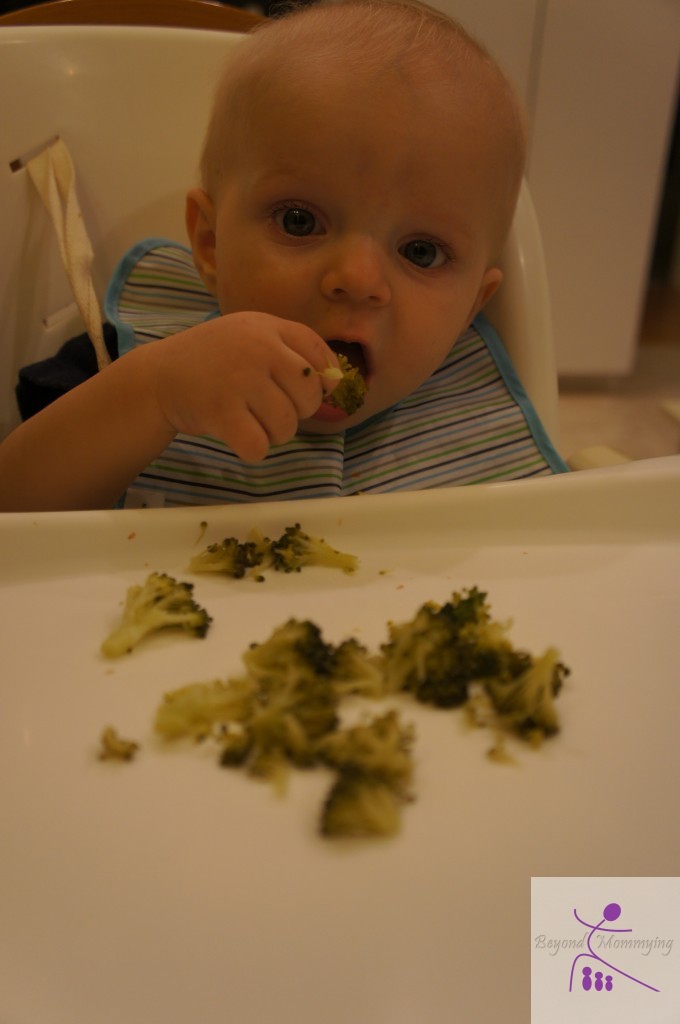Everyone knows about the important gross motor skills: rolling, sitting, crawling, walking, running, jumping. But gross motor’s cousin, fine motor skills, are not as talked about and are a bit more ambiguous.
So what exactly are the “fine motor skills”?
 Gross motor skills are those that involve large movements and which use the biggest, strongest muscles of the body. In contrast, fine motor skills are the precise and controlled movements that use the smaller muscles, usually those in the hands.
Gross motor skills are those that involve large movements and which use the biggest, strongest muscles of the body. In contrast, fine motor skills are the precise and controlled movements that use the smaller muscles, usually those in the hands.
Fine motor skills include all of the tasks of the hands like gripping, holding and grasping as well as coordinated movements that required hand-eye-coordination and precise control of small movements.
Why are fine motor skills important?
While our gross motor milestones are easy to see and brag about “baby took her first steps today,” fine motor skills are life skills that take longer to develop and are not usually as momentous, developing slowly over time rather than just happening one day. Fine motor skills are used for eating, writing, typing, completing puzzles and even reading and are the essential skills used by musicians, artists, surgeons, woodworkers, architects, chefs, stenographers and so many more!
What can I do to encourage fine motor skills in my children?
I’ll go more in depth into what motor skill milestones are for each age in a later post and offer more suggestions for each age group, but here are some tips for encouraging fine motor development in young children:
Newborns (up to 6 months):
- Give baby interesting things to look at that have contrasts in color like mobiles and books
- Talk to baby from different angles and encourage him/her to look for you
- Offer baby different objects to hold, feel and grasp
Infants (6-12 months):
- Encourage finger feeding by offering small, soft foods for baby to pick up and put in his/her own mouth
- Offer baby containers to take things out of and put things back into
- Let baby hold his/her own bottle/cup, spoons and forks
Toddlers (1-2 years old):
- Offer art experiences like drawing, finger painting, stamping and brush painting
- Give your child varied sensory play opportunities like in the water table and play-doh
- Practice stacking blocks and completing simple puzzles
Preschoolers (3-4 years old):
- Offer opportunities to practice cutting and gluing
- Encourage sorting and classifying of objects by size, color, shape, type etc.
- Practice more advanced puzzles as well as stringing beads and lacing boards




